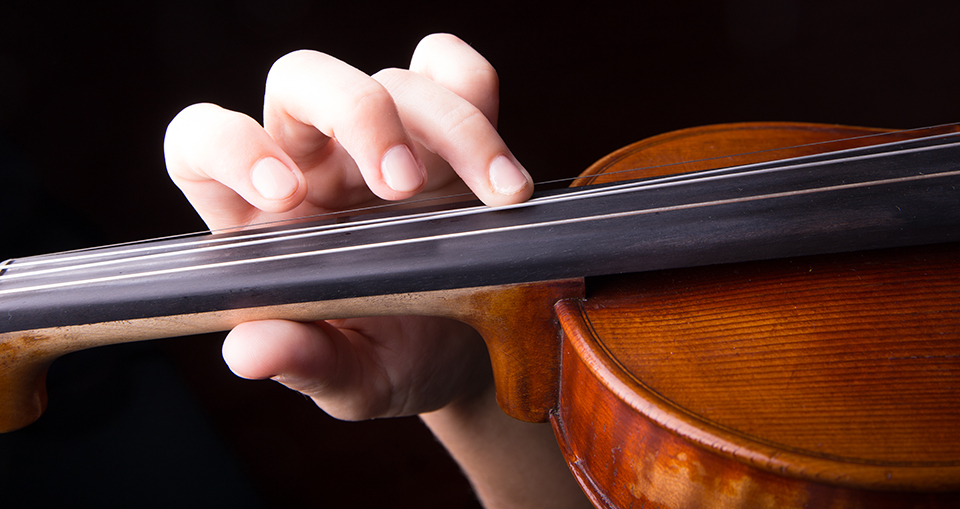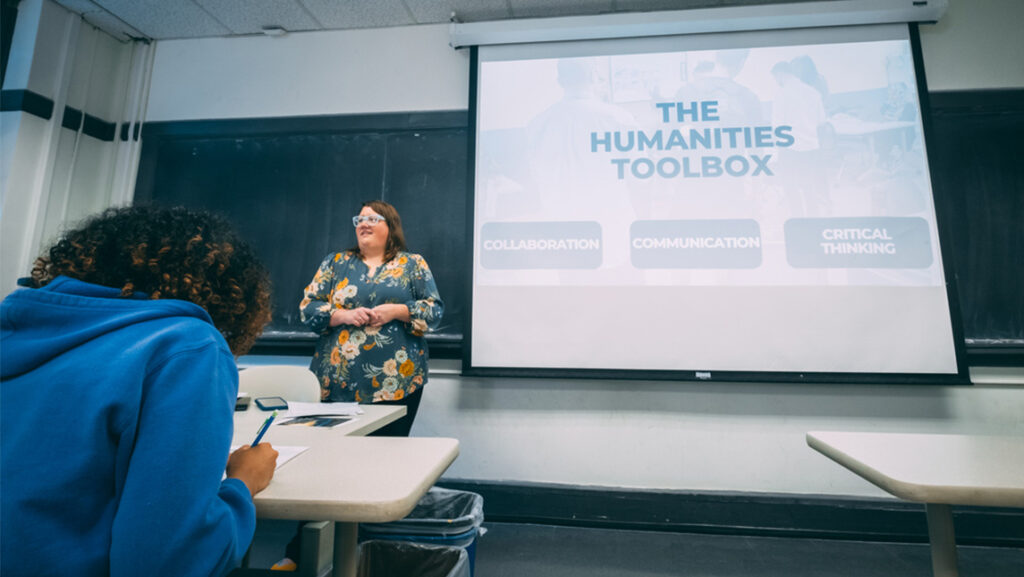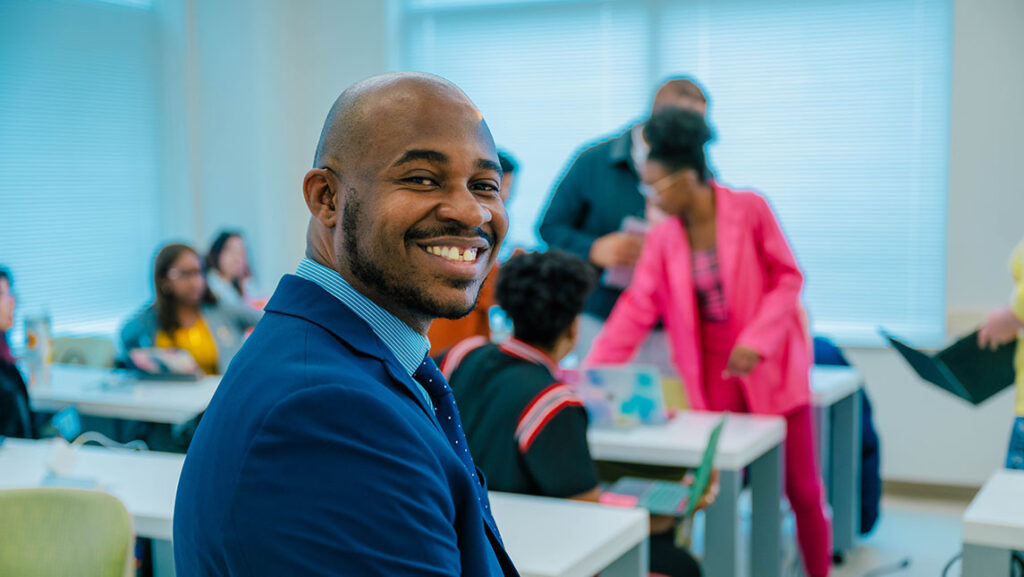redacted from the fall 2016 Research Magazine
Dr. Rebecca MacLeod conducts UNCG’s Sinfonia orchestra as well as All-State orchestras throughout the country. She’s an associate professor of music and director of the UNCG string education program. She leads two university-community partnerships bringing free string lessons to local youth. And she’s one of the top researchers in string music education in the United States.
![[Photography by Mike Dickens]](https://research.uncg.edu/wp-content/uploads/2017/02/MacLeod_beta-copy-e1487956847104.jpg)
Ready to make waves
“Last summer, I got a commission from The Strad, a well-known string performer and practitioner journal that covers big name artists like Joshua Bell. I’ll be translating my recent research into a six-step process for teaching vibrato. I’ve already published this work in several major research journals in my field, but when The Strad piece comes out, everybody who’s a string player will see it. And they’re probably going to be upset.”
Shaking up vibrato
“Vibrato is a variation in pitch and/or intensity when you sing or play a note. It’s an expressive technique that makes music sound rich and mature. In violin performance, if you can’t vibrate, you’re a beginner. By the time a violinist reaches professional levels, they have a lot of control over their vibrato. People have written entire books on teaching vibrato, and it’s mostly based on Ivan Galamian, an iconic figure in our field from the mid-1900s.
“Galamian said that, in vibrato, a violinist oscillates downward from the pitch of the note. So if you go through materials designed to teach vibrato, there are all these exercises written with the note and a note a half step lower for students to practice. But it turns out that’s wrong.
“We recorded experienced players playing a note with no vibrato, and then the same note with vibrato. When we analyzed the frequencies, we found that the vibrato oscillated around the pitch of the note, not just below.
“People got very angry. They said the players we studied were no good. That our methodology was flawed. So we got a former concertmaster from the New York Philharmonic to do the test with us. That’s one of the best violin players in the world — and his vibrato went around the pitch. We completed eight studies, with musicians doing everything from playing their own instruments to turning a dial that controlled an electronic tone. Everybody’s vibrato went around the pitch.
“When I first started presenting this at conferences, practitioners would actually get up and walk out. But the ones who stayed and looked at the data? They were convinced.”
A passion for access
“We badly lack diversity in music education — especially string education. String players, and thus string teachers, are typically white females from affluent, suburban schools. According to the research, after teachers are trained, they tend to go back to the areas to which they are accustomed. So string education stays in the suburbs. I wanted to break that cycle, so I was looking for a way to train preservice teachers to work in different environments.
“In 2008, the Greensboro Symphony reached out to me, looking for a new teacher. I said, ‘What if we piloted a new program and had a partnership instead?’ We founded the Lillian Rauch Beginning Strings Program. It provides free violin and cello instruction to students at Peck Elementary, a Title I school with 97 percent of its students on free or reduced lunch. And it provides my UNCG music education students with training in a very different environment. I call it my lab school. We currently have about 150 kids participating in the program.
“Recently, we also established the Peck Alumni Leadership Program, which is inspired by Venezuela’s national string program El Sistema. We help the most dedicated students graduating from our Beginning Strings Program continue their music education through high school – and, in exchange, those students help teach the younger kids in the Beginning Strings Program.
“The idea is that, one day, one of these kids is going to want to teach. That’s my ultimate goal. I want to change the workforce.”
Learn more at http://music.uncg.edu



